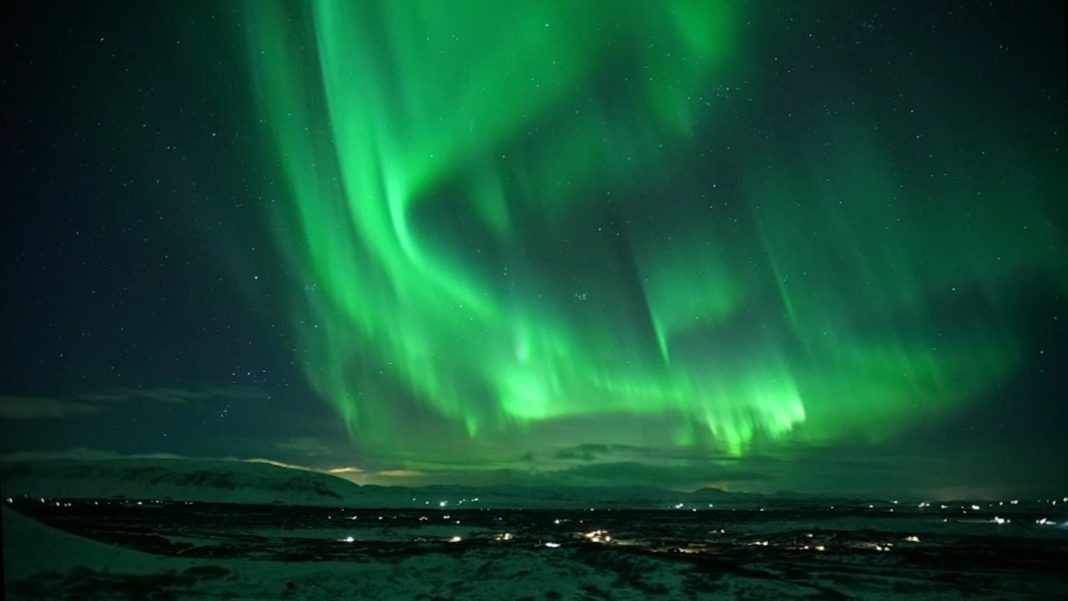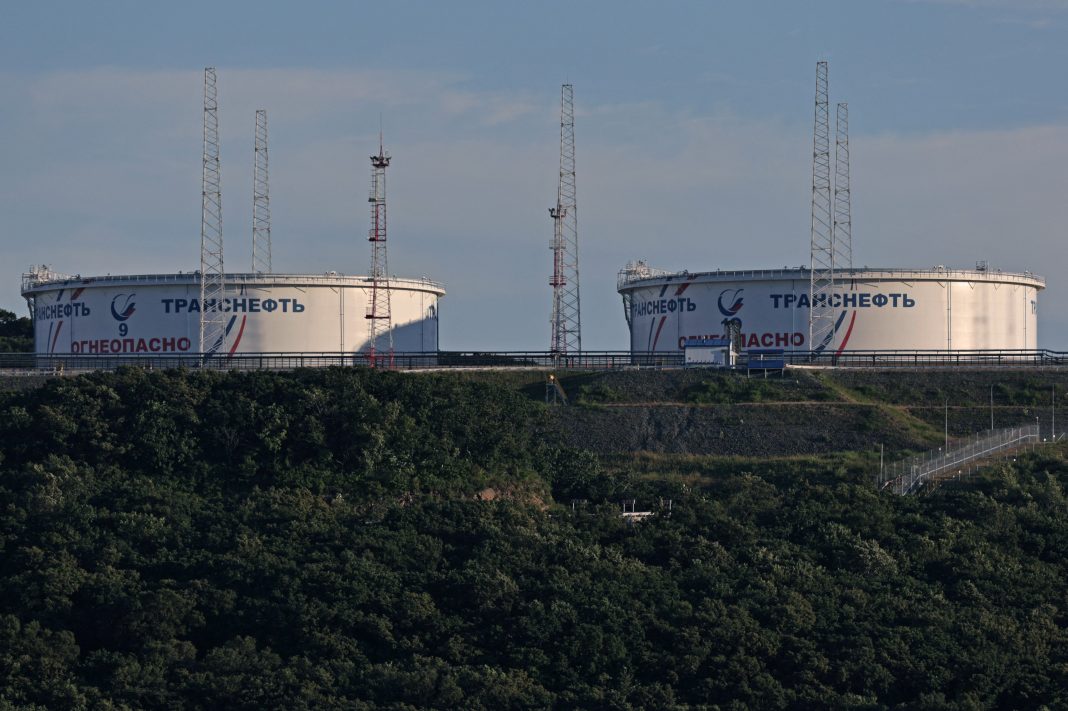Unusually Strong Solar Storm May Disrupt Power and Communications in the US
An unusually strong solar storm hitting Earth has the potential to produce northern lights in the United States this weekend, along with the risk of power and communication disruptions. The National Oceanic and Atmospheric Administration (NOAA) issued a rare severe geomagnetic storm warning when a solar outburst reached Earth earlier than expected on Friday afternoon. The effects of the storm are expected to last through the weekend and possibly into next week.
While most people will not be directly affected by the storm, operators of power plants and spacecraft in orbit, as well as the Federal Emergency Management Agency, have been alerted to take precautions. The storm could produce northern lights as far south as Alabama and Northern California, although experts have emphasized that these auroras may not be as dramatic as the ones typically associated with the phenomenon. Instead, they are more likely to appear as splashes of greenish hues.
According to Rob Steenburgh, a scientist with NOAA’s Space Weather Prediction Center, the best views of the aurora may be captured through phone cameras, which are better at capturing light than the naked eye. Mike Bettwy, operations chief for the prediction center, encourages people to snap pictures of the sky, as there might be a nice little treat in store for them.
This solar storm, ranked 5 on a scale of 1 to 5, poses a risk for high-voltage transmission lines for power grids, rather than the electrical lines found in people’s homes. Satellites could also be affected, potentially disrupting navigation and communication services on Earth. In 2003, an extreme geomagnetic storm caused power outages in Sweden and damaged power transformers in South Africa.
Even after the storm has passed, signals between GPS satellites and ground receivers may be temporarily scrambled or lost. However, due to the large number of navigation satellites in orbit, any outages are not expected to last long. The sun has been producing strong solar flares since Wednesday, resulting in multiple outbursts of plasma known as coronal mass ejections. These eruptions can contain billions of tons of plasma and magnetic field from the sun’s outer atmosphere.
While the storm does not pose a serious threat to the seven astronauts aboard the International Space Station, increased radiation levels are a concern. If necessary, the crew can move to a better-shielded area of the station. NASA’s science satellites could also be at risk from increased radiation, and sensitive instruments may be turned off to avoid damage.
Despite the potential risks, scientists and researchers are excited about the opportunity to observe such a strong solar storm. Antti Pulkkinen, director of NASA’s heliophysics science division, stated that this is exactly the kind of event they want to study.
In conclusion, the unusually strong solar storm hitting Earth has the potential to produce beautiful northern lights in the United States. While precautions have been taken to minimize disruptions to power and communication systems, the storm’s effects are expected to last for several days. Scientists and researchers are eager to study this event and gather valuable data about solar activity.


